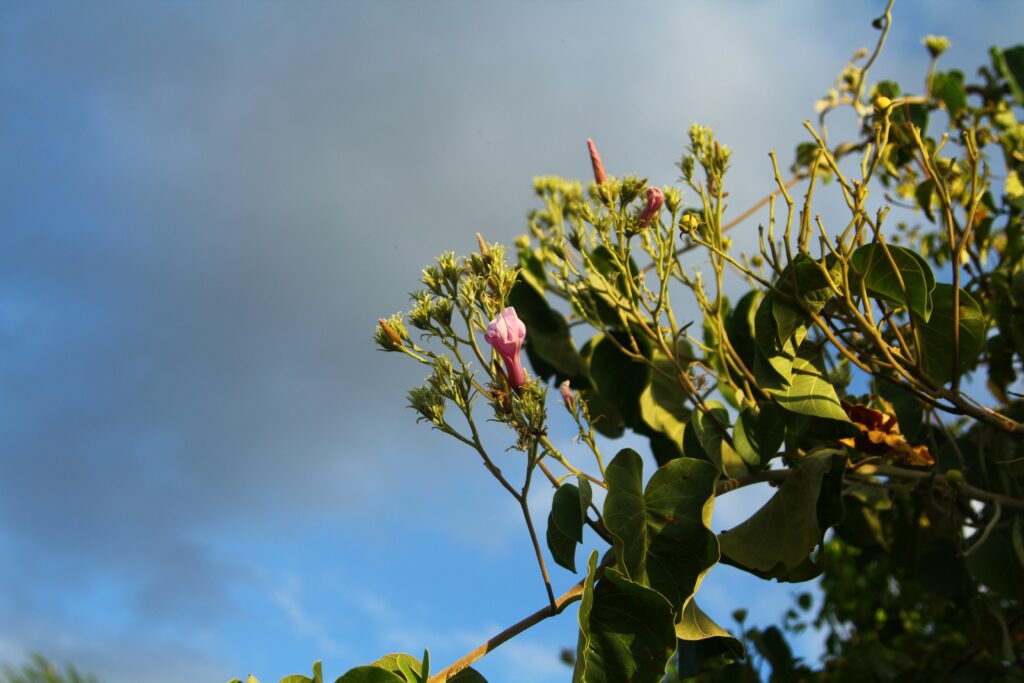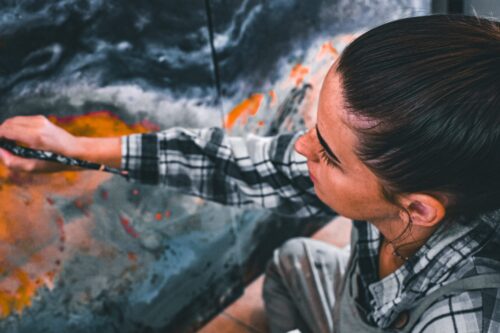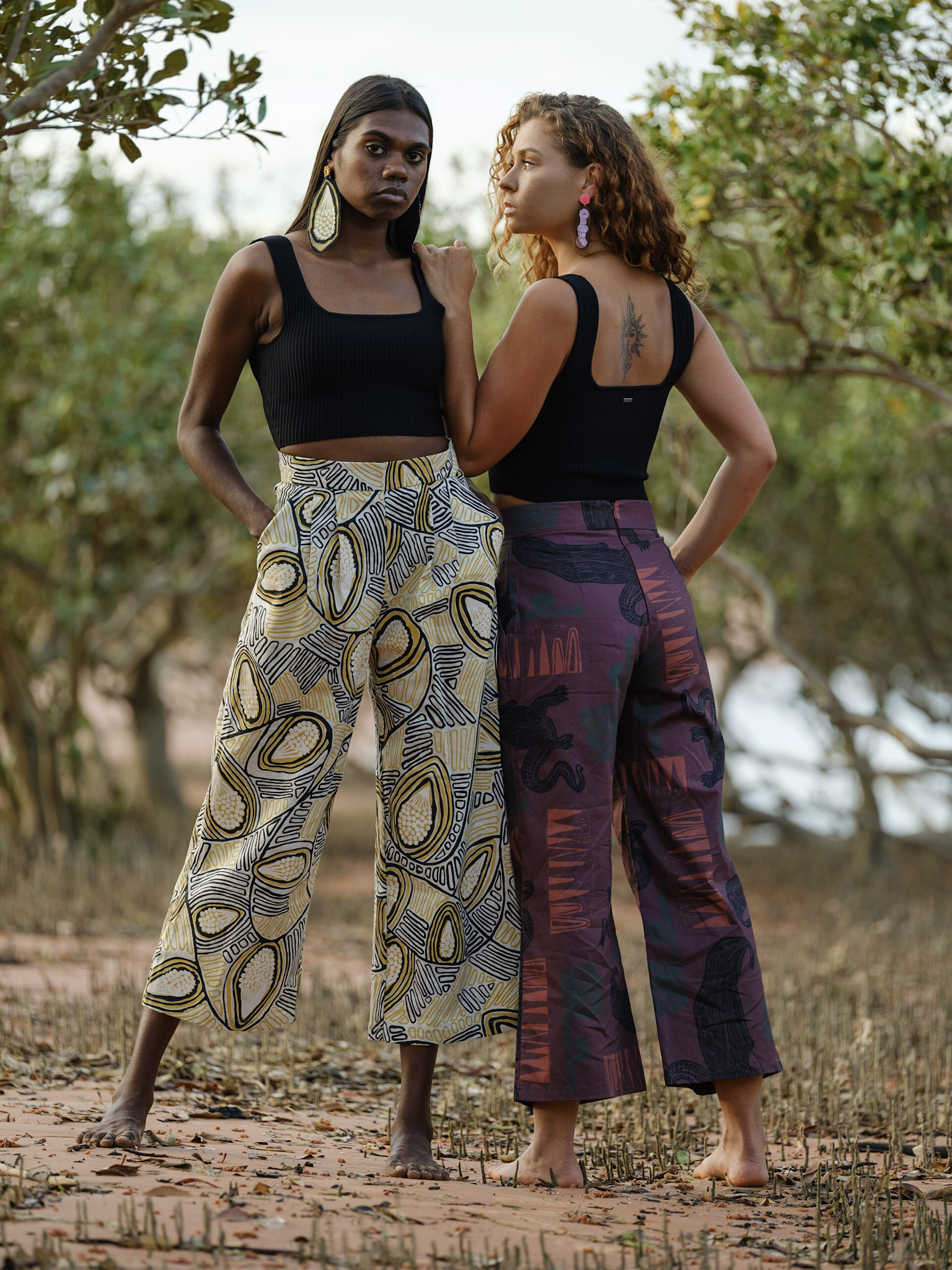After decades of struggle, artist Dale Oliver keeps fighting for his rights


When an artist sees a fake of their work for sale, the impact is felt at multiple levels all at once. Of course, there is the financial loss – that the profits of your hard work are flowing into someone else’s pockets. But there is also the emotional toll – the theft of your creativity, labour and time, and the loss of control over something incredibly personal. The effects are compounded for Indigenous artists, where artworks are intimately entwined with identity, culture, traditions and stories.
Dale Oliver (‘Malla’) is a descendant of the Kuku Yalanji clan from Far North Queensland. A skilled contemporary visual artist for over 30 years, Dale’s work has been sold and celebrated in Australia and abroad, including works that were commissioned and presented to the journalist Sir David Frost and the musician John Denver.
In 2000, the New South Wales Supreme Court found that Bulurru Australia Pty Limited had infringed Dale’s copyright in three designs on souvenirs: Barramundi Hunting, Kangaroo Tracking and Jabiru and Dancers. This was a tremendous success for Dale, but two decades on he is still fighting for answers when he sees copies of his work available for sale. Aside from Bulurru, he has written to at least eight other manufacturers who have used his images without permission on commercial arts and crafts objects across Australia.
In early 2020, Dale approached Arts Law when he became aware of images of his work popping up online, either for sale on e-commerce sites, or as sale results on auction tracking websites. Most worrying of all was one website – “craftsintellectivey.xyz” – which claimed to hold 800 copies in stock of Dale’s Barramundi Fishing design. Arts Law assisted Dale by providing advice on copyright infringement and on drafting take-down notices issued to the e-commerce and auction tracking websites. Arts Law then assisted Dale with correspondence to send to a contact address listed on the “craftsintellectivey” website. Dale never received a response, but several weeks later he found that the website had been taken down. Not only this, but dozens of other websites connected to the same email address and purporting to sell art, craft, furniture and antique items also vanished overnight.
For over two decades, Dale has fought for his rights and the protection of his art and culture from theft and misuse. Dale still does not have all the answers about whether the “craftsintellectivey” site actually had the stock they claimed to have and, if they did, where and when the fakes were made. But by seeking legal advice and persisting in his search for justice, it seems that Dale was able to scare the seller off and prevent fakes of his work from continuing to circulate.
About Arts Law, Dale said:
“I feel that Arts Law is extremely helpful in providing information and assistance to artists in copyright matters across Australia. My experience with the team has been great and informative. I would like to say a big thank you to Jack and John for all the hard work and follow up phone calls and emails in this matter.”
If you are an artist like Dale who has seen copies of your work made without your consent and offered for sale in stores or online, Arts Law can provide free or low-cost legal advice around what options are available to you. If you are an artist who wants to license your work to appear on merchandise or in reproductions, Arts Law can help review a licensing agreement or recommend an appropriate template that protects your rights. And if you are an artist who is unsure about what it means to “copy” another artist’s work and want to make sure you are doing the right thing, Arts Law is able to provide advice to make sure you are working lawfully and not infringing another artist’s rights.




